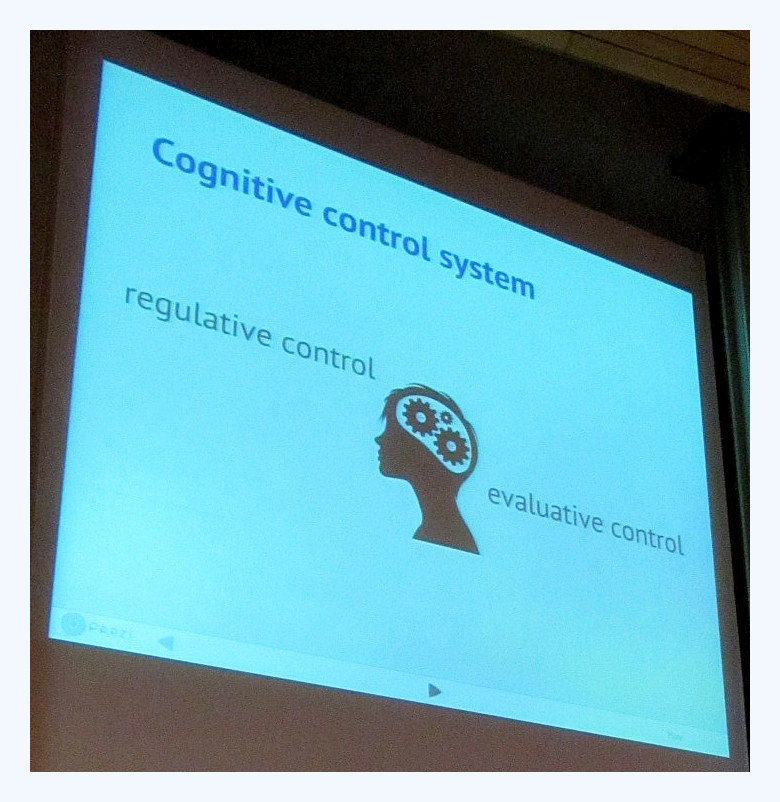Error
The Neural Origins
Applications of Human Error Processing
Tsvetomira Tsoneva, Philips Research, Eindhoven, The Netherlands
She is one of the researchers on the ‘Measuring Behavior” topic. A special session at #MB2012 was devoted to the Technical Support for Analysis of Human Error in Task Performance. Tsvetomira Tsoneva research is focussed on the neurofysiology of behavior (and errors of behavior).
Cognitie
Task Performance
Safety, efficiency and worker well-being often depend on correct task performance. Yet, the structured or even repetitive nature of these tasks can lead to a worker’s loss of attention, fatigue, stress or other mental states that negatively affect the performance of the work. Such states are more likely to cause the introduction of human errors, with associated risk.
By bringing sensor technology into the work place, human behavior can be analyzed and interpreted automatically. Cameras can observe human posture, head movement and gestures. From these, the task at hand can be analyzed. Eye trackers can determine the worker’s focus of attention. Microphones can pick up subtleties in the worker’s voice. From these measurements, deviations from normal task flow or worker’s alertness can be identified at an early stage, and might trigger alarms or start check or safety procedures.
Workplace
As the sensing and interpretation technologies are currently at the point of maturing, there is a growing interest to apply these techniques at the workplace. This requires the development of integrated solutions of automatic human error assessment and prevention that combine sensor technology and robust interpretation with knowledge of the task and the user. These solutions are starting to find their place in automation industry, call centers and assembly lines. Also, desktop-related working environments can benefit from such solutions. In addition, there is a growing demand for these techniques to be applied in training and simulation (e.g. driving simulators), and in consumer products (e.g. ATMs).


